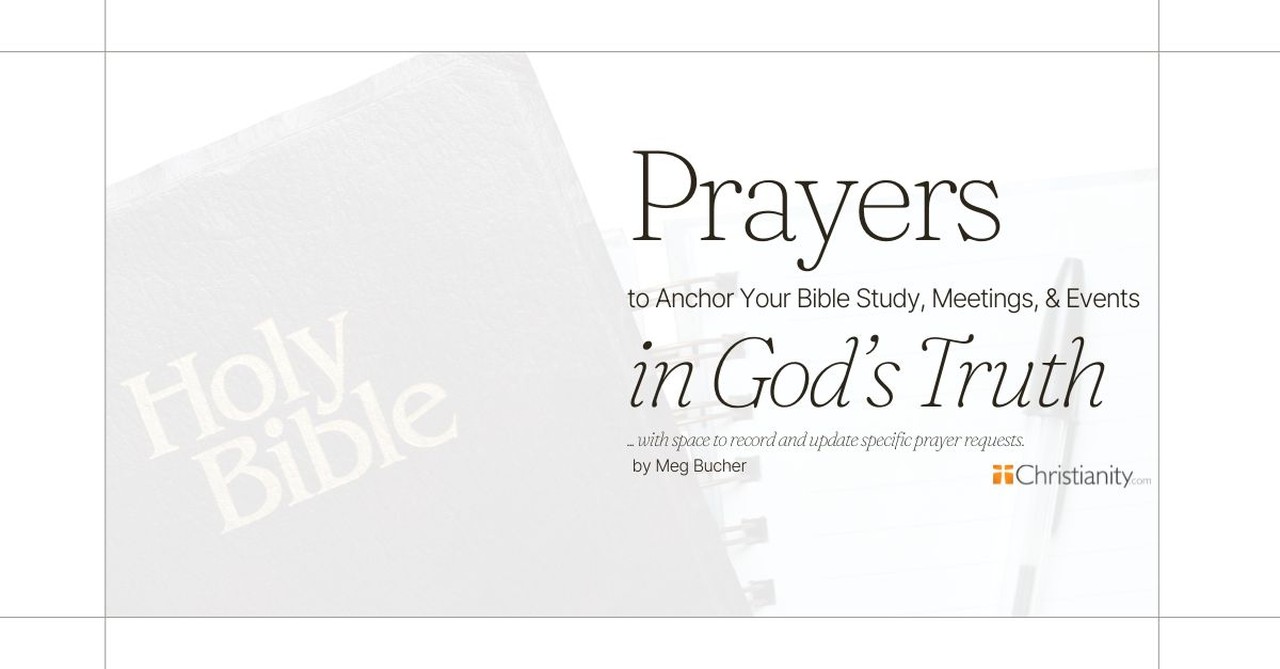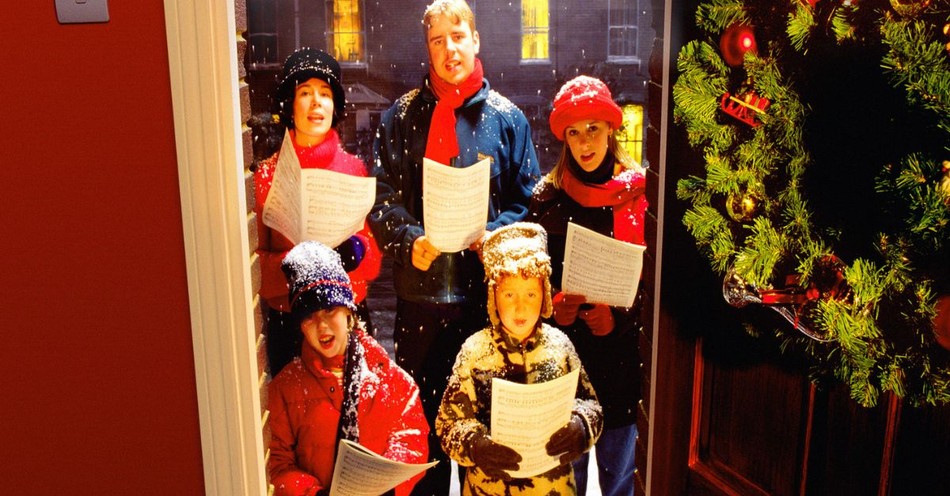The Reign of Uzziah
261 Then all the people of Judah took Uzziah,[1] who was sixteen years old, and made him king in place of his father Amaziah. 2 He was the one who rebuilt Elath and restored it to Judah after Amaziah rested with his ancestors. 3 Uzziah was sixteen years old when he became king, and he reigned in Jerusalem fifty-two years. His mother's name was Jekoliah; she was from Jerusalem. 4 He did what was right in the eyes of the Lord, just as his father Amaziah had done. 5 He sought God during the days of Zechariah, who instructed him in the fear[2] of God. As long as he sought the Lord, God gave him success. 6 He went to war against the Philistines and broke down the walls of Gath, Jabneh and Ashdod. He then rebuilt towns near Ashdod and elsewhere among the Philistines. 7 God helped him against the Philistines and against the Arabs who lived in Gur Baal and against the Meunites. 8 The Ammonites brought tribute to Uzziah, and his fame spread as far as the border of Egypt, because he had become very powerful. 9 Uzziah built towers in Jerusalem at the Corner Gate, at the Valley Gate and at the angle of the wall, and he fortified them. 10 He also built towers in the wilderness and dug many cisterns, because he had much livestock in the foothills and in the plain. He had people working his fields and vineyards in the hills and in the fertile lands, for he loved the soil. 11 Uzziah had a well-trained army, ready to go out by divisions according to their numbers as mustered by Jeiel the secretary and Maaseiah the officer under the direction of Hananiah, one of the royal officials. 12 The total number of family leaders over the fighting men was 2,600. 13 Under their command was an army of 307,500 men trained for war, a powerful force to support the king against his enemies. 14 Uzziah provided shields, spears, helmets, coats of armor, bows and slingstones for the entire army. 15 In Jerusalem he made devices invented for use on the towers and on the corner defenses so that soldiers could shoot arrows and hurl large stones from the walls. His fame spread far and wide, for he was greatly helped until he became powerful.
16 But after Uzziah became powerful, his pride led to his downfall. He was unfaithful to the Lord his God, and entered the temple of the Lord to burn incense on the altar of incense. 17 Azariah the priest with eighty other courageous priests of the Lord followed him in. 18 They confronted King Uzziah and said, "It is not right for you, Uzziah, to burn incense to the Lord. That is for the priests, the descendants of Aaron, who have been consecrated to burn incense. Leave the sanctuary, for you have been unfaithful; and you will not be honored by the Lord God." 19 Uzziah, who had a censer in his hand ready to burn incense, became angry. While he was raging at the priests in their presence before the incense altar in the Lord's temple, leprosy[3] broke out on his forehead. 20 When Azariah the chief priest and all the other priests looked at him, they saw that he had leprosy on his forehead, so they hurried him out. Indeed, he himself was eager to leave, because the Lord had afflicted him. 21 King Uzziah had leprosy until the day he died. He lived in a separate house[4] -leprous, and banned from the temple of the Lord. Jotham his son had charge of the palace and governed the people of the land. 22 The other events of Uzziah's reign, from beginning to end, are recorded by the prophet Isaiah son of Amoz. 23 Uzziah rested with his ancestors and was buried near them in a cemetery that belonged to the kings, for people said, "He had leprosy." And Jotham his son succeeded him as king.
Solomon Builds the House of the LORD
31 Then Solomon began to build the temple of the Lord in Jerusalem on Mount Moriah, where the Lord had appeared to his father David. It was on the threshing floor of Araunah[5] the Jebusite, the place provided by David. 2 He began building on the second day of the second month in the fourth year of his reign. 3 The foundation Solomon laid for building the temple of God was sixty cubits long and twenty cubits wide[6] (using the cubit of the old standard). 4 The portico at the front of the temple was twenty cubits[7] long across the width of the building and twenty[8] cubits high. He overlaid the inside with pure gold. 5 He paneled the main hall with juniper and covered it with fine gold and decorated it with palm tree and chain designs. 6 He adorned the temple with precious stones. And the gold he used was gold of Parvaim. 7 He overlaid the ceiling beams, doorframes, walls and doors of the temple with gold, and he carved cherubim on the walls. 8 He built the Most Holy Place, its length corresponding to the width of the temple-twenty cubits long and twenty cubits wide. He overlaid the inside with six hundred talents[9] of fine gold. 9 The gold nails weighed fifty shekels.[10] He also overlaid the upper parts with gold.
10 For the Most Holy Place he made a pair of sculptured cherubim and overlaid them with gold. 11 The total wingspan of the cherubim was twenty cubits. One wing of the first cherub was five cubits[11] long and touched the temple wall, while its other wing, also five cubits long, touched the wing of the other cherub. 12 Similarly one wing of the second cherub was five cubits long and touched the other temple wall, and its other wing, also five cubits long, touched the wing of the first cherub. 13 The wings of these cherubim extended twenty cubits. They stood on their feet, facing the main hall.[12] 14 He made the curtain of blue, purple and crimson yarn and fine linen, with cherubim worked into it.
The Two Pillars
15 For the front of the temple he made two pillars, which together were thirty-five cubits[13] long, each with a capital five cubits high. 16 He made interwoven chains[14] and put them on top of the pillars. He also made a hundred pomegranates and attached them to the chains. 17 He erected the pillars in the front of the temple, one to the south and one to the north. The one to the south he named Jakin[15] and the one to the north Boaz.[16]


.jpg)
